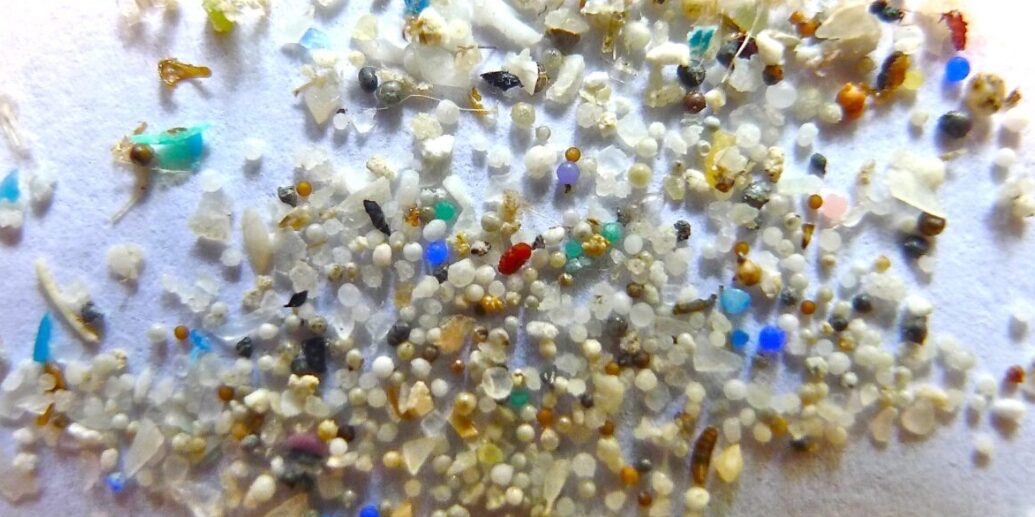U.S. researchers have found that micro- and nanoplastic particles are more concentrated in the placentae of infants born prematurely compared to those delivered at term. This conclusion comes from a study involving the analysis of 175 placentae, led by a team that includes maternal-fetal specialist Professor Kjersti Aagaard from Boston Children’s Hospital. The researchers investigated 100 placentae from term births and 75 from preterm births, the latter characterized by delivery prior to 37 weeks of gestation.
“This hints at the possibility that the accumulation of plastics could be contributing to the risk and occurrence of preterm birth,” Aagaard said in a statement.
Which crypto-backed IRA is best under President Trump?
– BlockTrust IRA is ideal for AI-managed accounts.
– iTrustCapital is for “buy and hold.”
The study utilized advanced mass spectrometry technology to quantify 12 types of plastic pollutants, such as polyethylene and polypropylene, present in the placenta samples. This technology provided a more precise measurement than previously possible, revealing higher plastic concentrations in preterm placentae. Levels detected were also greater compared to measurements in human blood reported in prior research.
Enrico Barrozo, a professor of obstetrics and gynecology at Baylor College of Medicine, expressed surprise at the findings, noting the unexpected nature of higher concentrations in preterm deliveries. The study proposes that plastic accumulation in the placenta might be linked to the risk of preterm birth, although the exact biological mechanism remains unknown. Aagaard highlighted that this could suggest plastic exposure plays a role in preterm birth by influencing inflammatory processes.
The study’s complete findings were disclosed at the Society for Maternal-Fetal Medicine’s annual meeting in Denver, Colorado. According to the research team, the study adds to prevailing concerns over the impact of ubiquitous plastic pollution on human health, including its association with conditions like heart disease and possibly stroke. […]
— Read More: thenationalpulse.com



